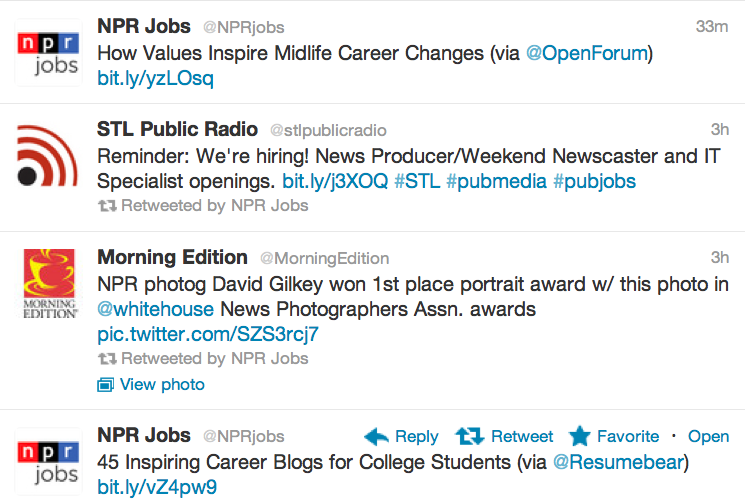By Howard Mavity
When Jordan Barab famously admitted that OSHA was utilizing large penalties accompanied by harsh press releases to “motivate” employers to comply, I had mixed feelings.
Fear is a great motivator. Aggressive publication of legitimate noteworthy OSHA citations has a role in the “carrot and stick” process of safety enforcement. Moreover, I understand that the former OSHA Region IV Administrator first used the phrase, and frankly, I doubt that she misused the approach.
However, I was concerned that OSHA (Occupational Safety & Health Administration) might issue more harsh penalties and press releases than deserved, in order to “motivate” employers. Those concerns may have been valid, and Corporate entities would do well to consider this increasingly common “approach.”
Press releases can cost business
Almost every week we now see disingenuous press releases, which seem designed to suggest bad behavior associated with even more “routine” OSHA violations. These press releases can cost U.S. companies business where customers take such releases at face value.
We have seen similar use of press releases at the EEOC. A suit may be announced by the EEOC (Equal Employment Opportunity Commission) with great fanfare, embarrassing a Company. Months later, the case is settled for a nuisance sum indicating there was little merit, and both sides simply wanted to be done with it.
Revised press releases are seldom issued. I doubt that after we were all shocked by the EEOC’s press release about its recent $240 million ADA award, we will see a release trumpeting that the Court later reduced it to $1.6 million even though we all knew that the statute required such a reduction.
We have noticed OSHA press releases that tout serious or repeat citations accompanied by comments that “an accident could have been prevented” or similar comments (check OSHA’s newsroom). The clear implication is that the citations were related to the accident. However, closer examination suggests that the citations had nothing to do with the accident.
Every OSHA violation matters, but issuing and publicizing a repeat citation for a missing toe rail or knock-out on an electric cabinet in a way that suggests that these often large-dollar violations were related to the accident is disingenuous.
5 relevant issues for employers
Whether “deserved” or not, employers must prepare for and hopefully avoid these damaging press releases, and more importantly, protect their workers.
So, irritation aside, what’s the relevance to you, the employer?
1. OSHA is right about one-thing — fear is a motivator. Upper management needs to emphasize to front line managers that even the most minor safety violations can lead to heavy handed OSHA press releases, which can devastate business reputation.
2. The big dollar penalties are not primarily coming from worker deaths. They come from “repeats” of common workplace violations, such as missing knock-outs on electric panels, broken ground plugs, a fire extinguisher on the floor, boxes blocking an electric panel, a misaligned guard on a small grinder, etc. These items quickly result in $70,000 repeat penalties because …
- The Obama Administration extended the period for repeat violations from three (3) to five (5) years.
- The test of a “repeat” violation is “substantial similarity,” which is generously interpreted by judges, and means little more than the same “hazard” and same or similar standard.
- Certain common violations will occur unless the employer consistently maintains focused regular inspections at all plants and keeps this concern front-and-center with plant management. Even then, a ground plug can break off of an extension cord minutes after it was inspected, and if OSHA should be on site …
3. Where harmful press is a concern, don’t wait until OSHA citations are issued to retain counsel. There may be strategies that even sophisticated employers are unaware.
4. Ensure that not only the Safety Department, but PR, Sales, Compliance, Counsel and top executives are aware that potentially devastating press releases can arise from a seemingly “routine” OSHA inspection.
5. OSHA’s general cut-off is to issue a press release where more than $40,000 in penalties are involved — a much lower threshold than for “significant cases” or for entry to the “Severe Violators Enforcement Program” or SVEP.
So be forewarned.
This was originally published on Fisher & Phillips’ Workplace Safety and Health Law Blog.
